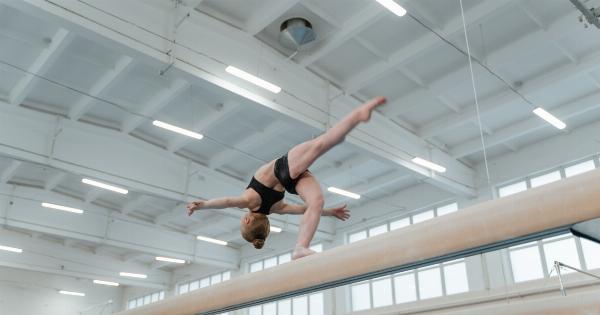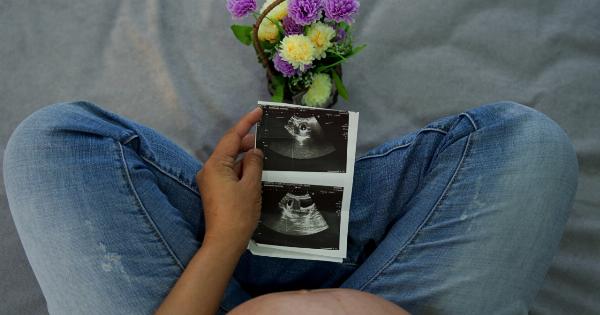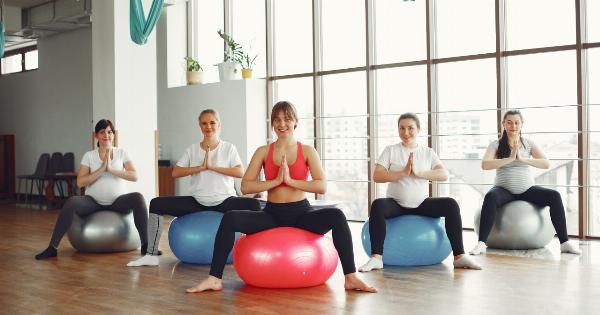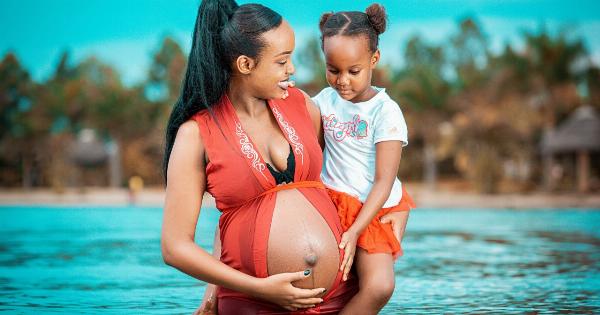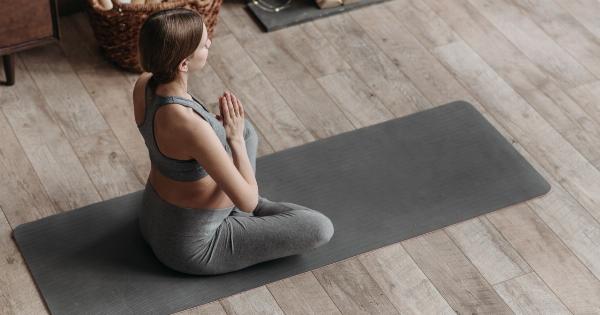Gymnastics is a highly demanding sport that requires strength, flexibility, and endurance. Many women who participate in gymnastics may wonder if they can continue their training during pregnancy.
It is crucial to prioritize the health and safety of both the mother and the developing baby. In this article, we will explore whether there are any restrictions for gymnastics during pregnancy and provide guidance on how to stay active while expecting.
Consult Your Healthcare Provider
Every pregnancy is unique, and it is important to consult with your healthcare provider before engaging in any physical activity.
They will be able to assess your individual circumstances, such as any pre-existing medical conditions or complications, and provide the most appropriate advice.
First Trimester
During the first trimester, the risk of miscarriage is relatively higher, and the body is undergoing significant changes. Many women experience fatigue, nausea, and breast tenderness during this period.
It is essential to listen to your body and take it easy. Moderate exercise, such as walking and gentle stretching, is generally considered safe. However, it is advisable to avoid high-impact activities or movements that involve jumping or twisting, as they may pose a risk to the pregnancy.
Second Trimester
The second trimester is often referred to as the “golden period” of pregnancy, as many women feel more energized and experience relief from early pregnancy symptoms.
However, caution should still be exercised when participating in gymnastics or any high-intensity activities. As the baby grows, the center of gravity shifts, which can affect balance and stability. It is recommended to focus on low-impact exercises, such as prenatal yoga or swimming, to maintain fitness and flexibility.
Specific Gymnastics Movements to Avoid
While it is generally safe to continue participating in some form of exercise during pregnancy, there are specific gymnastics movements that should be avoided to prevent injury or complications. These include:.
- Twisting or rotating movements that put excessive strain on the abdomen
- High-impact jumps or landings that may cause jarring or excessive pressure on the pelvis
- Backbends or deep arches that compress the spine
- Inversions or upside-down positions that may affect blood flow or balance
- Contact sports or exercises with a risk of collision or falling
Benefits of Exercise During Pregnancy
While some modifications may be necessary, staying active during pregnancy offers numerous benefits. Regular exercise can help:.
- Maintain cardiovascular fitness
- Improve circulation and reduce swelling
- Alleviate back pain and strengthen core muscles
- Enhance mood and reduce pregnancy-related anxiety and depression
- Promote healthy weight management
- Prepare the body for labor and postpartum recovery
Alternative Exercise Options
If participating in gymnastics becomes impractical or uncomfortable during pregnancy, there are alternative exercise options to consider:.
- Prenatal yoga: Focuses on gentle stretching, breathing exercises, and relaxation techniques.
- Walking: A low-impact and accessible activity that can be done throughout pregnancy.
- Swimming: A great option for reducing joint strain and staying active without stressing the body.
- Prenatal strength training: Consult a certified prenatal fitness instructor for a program tailored to your needs.
- Pilates: Emphasizes core strength, flexibility, and overall body conditioning.
Listen to Your Body
Regardless of the activity chosen, it is essential to listen to your body. Pay attention to any uncomfortable or painful sensations, shortness of breath, dizziness, or contractions.
If these symptoms occur, it is advisable to stop exercising and consult your healthcare provider.
Conclusion
Gymnastics during pregnancy requires careful consideration and modification of movements.
While it is generally safe to engage in exercise during pregnancy, it is important to consult with your healthcare provider and make necessary adjustments based on your individual circumstances. Staying active can provide numerous benefits to both the mother and the developing baby. Choose low-impact exercises, listen to your body, and enjoy a healthy and active pregnancy!.

